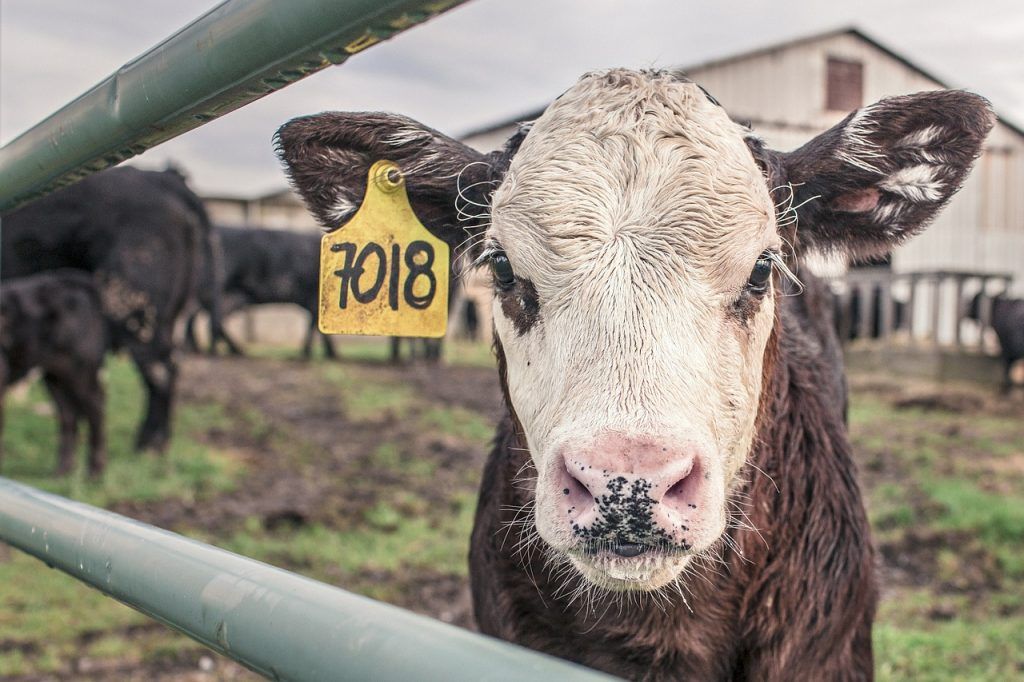Denmark’s obligation to the EU to reduce the ammonia (NH3) emissions of its agriculture industry by 24 percent by 2020 has proven over-ambitious and unrealistic, stated the environment and food minister, Esben Lunde Larsen, last week.
The minister now fears Danish farmers will be forced to kill large parts of their livestock to live up to the country’s obligations.
“Right now, the Dutch agriculture sector is slaughtering 150,000 cows because it cannot reach EU targets for phosphorous emissions,” Larsen told Finans.
“My big fear is that Denmark is on its way to a similar situation. It may result in reduced agricultural production, a loss of jobs at slaughterhouses and dairies, and a setback for exports.”
READ MORE: EU rejects Denmark’s bid to reduce ammonia emissions
Own your own decision
The decision to commit to a 24 percent reduction in NH3 emissions, while other EU countries only pledged to reduce their levels by as little as 2 percent, was made by the former Helle Thorning-Schmidt-led government.
The former environment and food minister, Eva Kjer Hansen, tried to negotiate a lower rate back in July 2015, but the EU’s environment commissioner, Karmenu Vella, rejected her plea.
According to Vella, Denmark had pledged the figure and therefore must live up to it.
READ MORE: Denmark looking to reduce ammonia emission obligations
Negative consequences
Current projections show that ammonia emissions from the agriculture industry in Denmark continue to fall, but at a much slower pace than anticipated.
By 2020, levels will have fallen by “only” 20 percent and by 2035 an additional 2 percent.
“We could immediately see the goals were unrealistic because we had already at that point reduced [ammonia] emissions very significantly,” Lars Hvidtfeldt, the deputy chairman of the Danish Agriculture and Food Council, told Finans.
“It is a scandal that such a big goal – one that will have enormous, negative consequences for an entire industry – was adopted without any public debate.”
Between 1990 and 2013, Danish agriculture managed to reduce its ammonia emissions by 41 percent.















